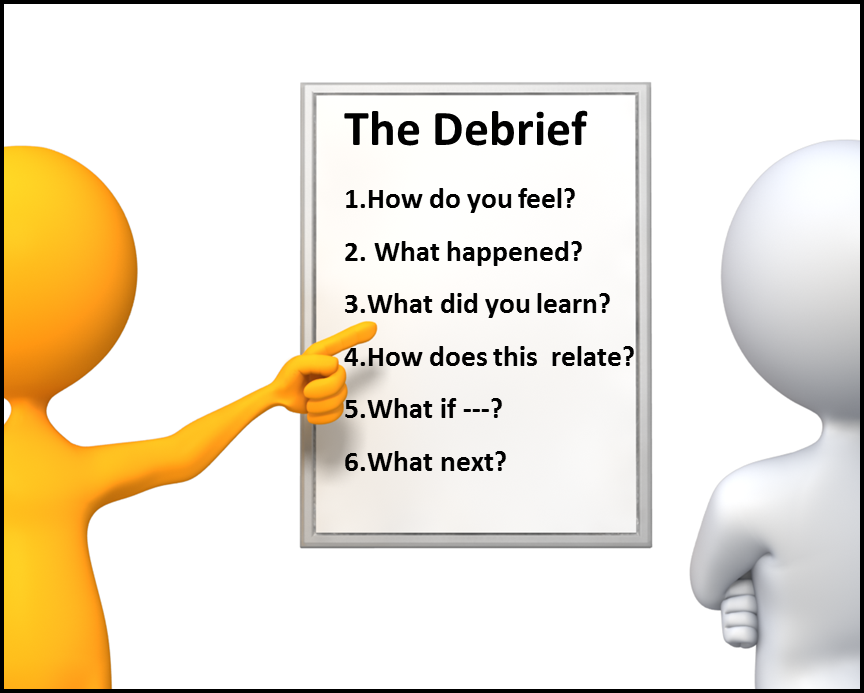The first question was “How do you feel?”
Smug. That’s how I felt when I watched two people bid on a $10 bill. The “winning” bid was $34. Human nature is so predictable!
You may be thinking, What? $34 for a $10 bill. What’s wrong with that picture?
The “$10 Auction” was an activity during a workshop presented by Sivasailam “Thiagi” Thiagarajan at the American Society of Training and Development, Twin Cities Chapter conference last week. There were just a few rules for the activity:
1. The minimum bid is $5
2. The bids increase in $1 increments
3. The highest bidder receives the $10 and pays the amount bid
4. The second highest bidder also pays the amount bid, but does not receive anything.
The bids went past $10 as the bidders tried a strategy to “cut their losses,” with the workshop presenter saying things like, “If you quit now, you lose $33, but if you bid again, you can win.”
In this case, the second bidder stopped at $33 and paid $33 for nothing. The winning bidder paid $34 for a $10 bill. That makes $67 paid in total for a $10 bill.
The workshop presenter made a big show out of collecting money, even taking the person’s credit card (although I don’t think the card was actually charged).
As the activity ended, I wondered if I was in the wrong profession! I also wondered what the point was.
Thiagi explained that the point was not so much in the activity, but that the activity provided a chance to practice “debriefing.”
“People don’t learn from experience; they learn from reflecting on their experience.”–“Thiagi” Thiagarajan
The reflection, or debriefing, is where learning takes place.
Thiagi gave us 6 debriefing questions (you don’t have to use them all). But by using some of them after an activity, participants reflect on their experiences, gain valuable insights and share them with the other participants.
6 Questions for Debriefing
1. How do you feel? This is a good first question, especially if an activity evokes strong feelings. After talking about feelings, participants are in a better state of mind to continue debriefing.
2. What happened? This question prepares participants for deeper analysis.
3. What did you learn? This question enables participants to list and share insights.
4. How does this relate? This question enables participants to discuss the relevance of the activity to the real world.
5. What if —? This question, with a new context or scenario, requires participants to speculate how people’s behaviors would change in a different context.
6. What next? This question encourages participants to suggest real-world strategies for the future.
The next time you consider doing an activity, also consider if the activity would benefit from a debrief and try out some of the debriefing questions.

